JHS Pedals simply can’t make enough of its $99 DIY Notaklöns to keep up with demand, but I managed to get my hands on one – does the Klon clone live up to the outrageous hype?
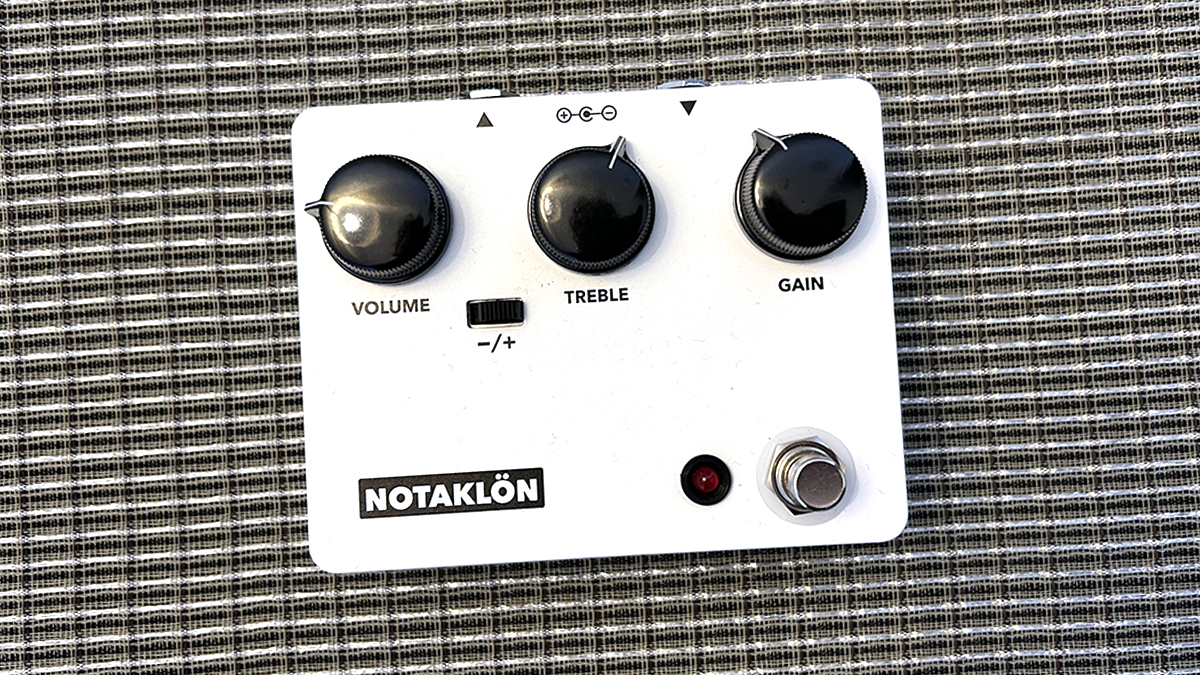
From fully fledged amp modelers and feature-packed firmware updates, to quirky standalone stompboxes and long-awaited reverb pedals, 2023 has been a pretty historic year as far as effects pedals are concerned.
Fender debuted its flagship modeler, the Tone Master Pro, Boss finally released the long-awaited RV-200, EHX changed the mini pedal game forever, and DigiTech embarked on a new chapter following years of uncertainty.
Oh, and an honorable mention must go to the Bad Monkey, which kicked up all kinds of fuss when it broke the internet (and inflated its price 10-fold) with a surprise impersonation of the legendary and elusive five-figure Klon Centaur.
So, which of the above is my personal “pedal of the year”? Well, none of ‘em. That mantle goes to something far more affordable, far more novel. Allow me to explain.
Last month, JHS Pedals sent the pedal world into something of a frenzy when it unveiled the Notaklön – a solderless DIY Klon clone designed and executed in the spirit of an IKEA flatpack furniture kit.
Granted, it wasn't the first build-it-yourself Klone kit to ever exist, but it was the easiest to assemble and among the most affordable – and it came from a brand with a stellar reputation for producing flawless effects pedals.
Some groaned, “Not another Klon,” but others saw the brilliance of the move. What better way to demystify the endlessly overhyped, artificially mysticized, offensively overpriced elitist overdrive pedal then by basically turning it into a piece of affordable self-assembly furniture that a child could build? That’s not an exaggeration, either: a child literally built the pedal in JHS’ own video.
Get The Pick Newsletter
All the latest guitar news, interviews, lessons, reviews, deals and more, direct to your inbox!
After the pedal’s initial announcement, the hype quickly picked up the pace. The Notaklön rollout was relentless. In the space of just a few days – nay, hours – it seemed every single prominent guitar YouTuber had got their hands on one, documenting the foolproof assembly process and demonstrating the eerily faithful Klon tones that the kit provided.
The reception was staggering and, as per JHS’ own admission, the brand has not been able to keep up with the outrageous demand: it simply could not make enough pedals to go around, with the next shipment not expected until early 2024.
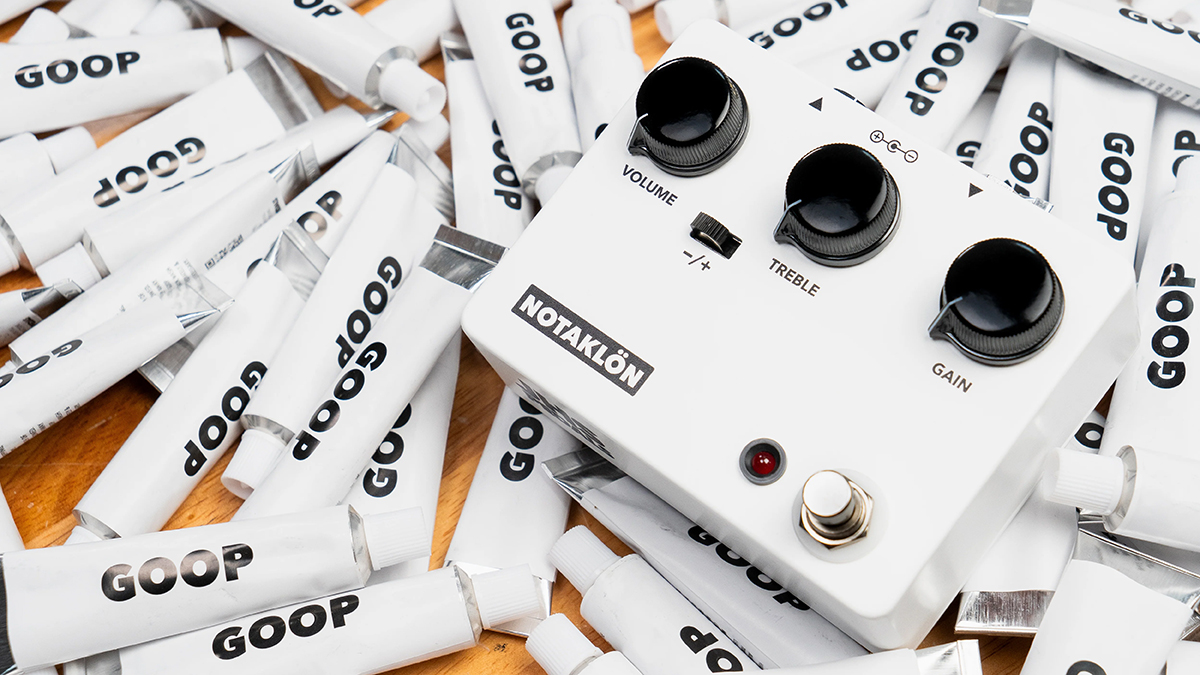
Seeing all these YouTube videos, I had a serious case of FOMO and was curious to see if the hype was worth it, so I reached out to see if I could get in on the action. Fortunately, there was one rogue unit left in stock and JHS was kind enough to entertain me. Before long I was leafing through my own IKEA-style manual, unboxing the circuit board and Goop tube eager for assembly.
Now, going into this build, a physical Klon clone had always been on my pedalboard wishlist, and prior to testing the Notaklön I had been relying on the ‘Minotaur’ replica on my Line 6 HX Stomp. A fine emulation indeed – and one that spends more time on than off – but by no means the real deal.
So even before I received it, the Notaklön represented a possible pedalboard game-changer for me – but it also meant I’d be holding it to particularly high standards: it would take something pretty special to dislodge the HX Stomp.
“It's not a Klon 'til you build it”
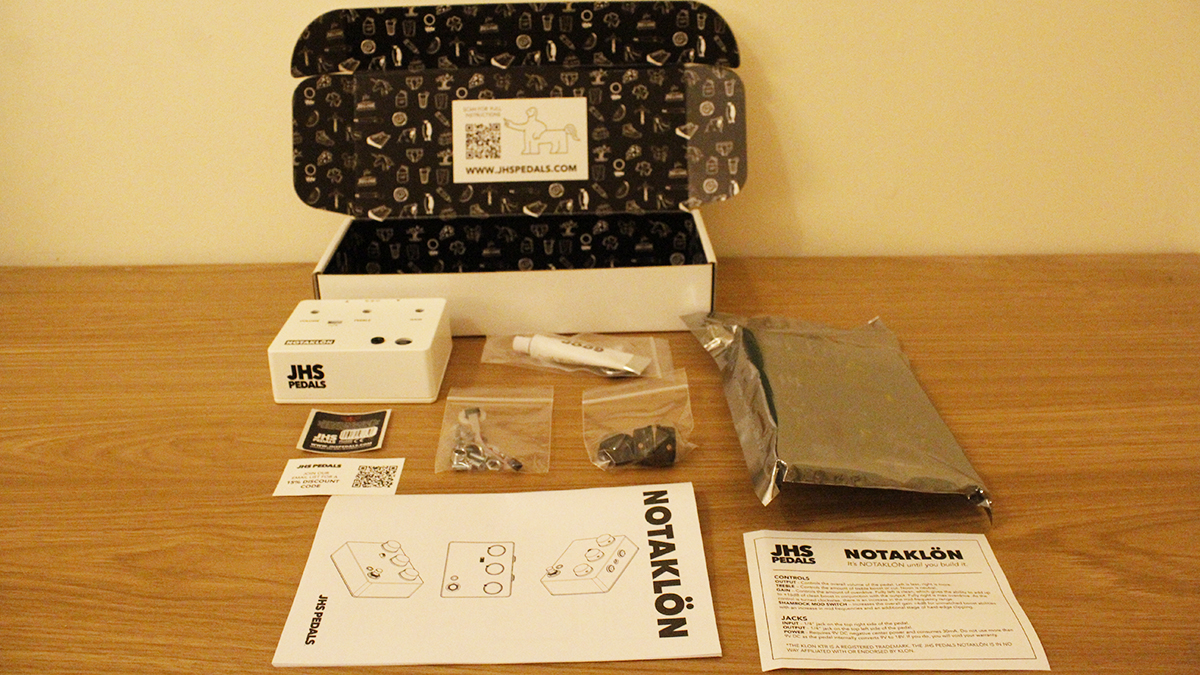
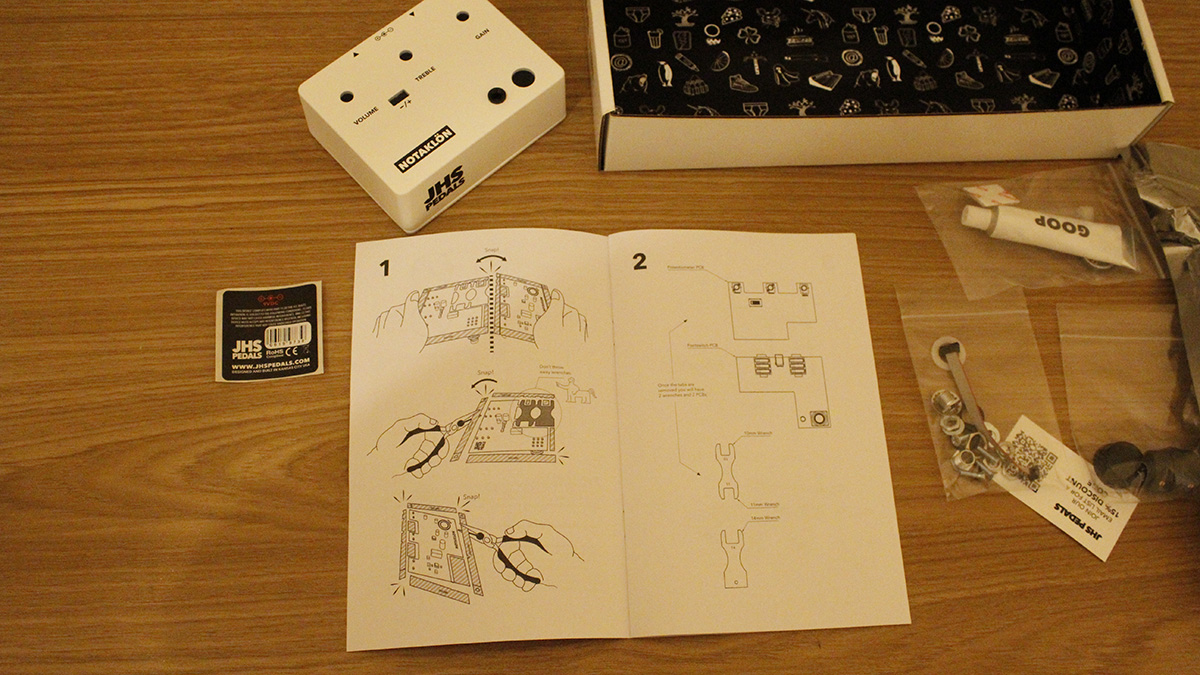
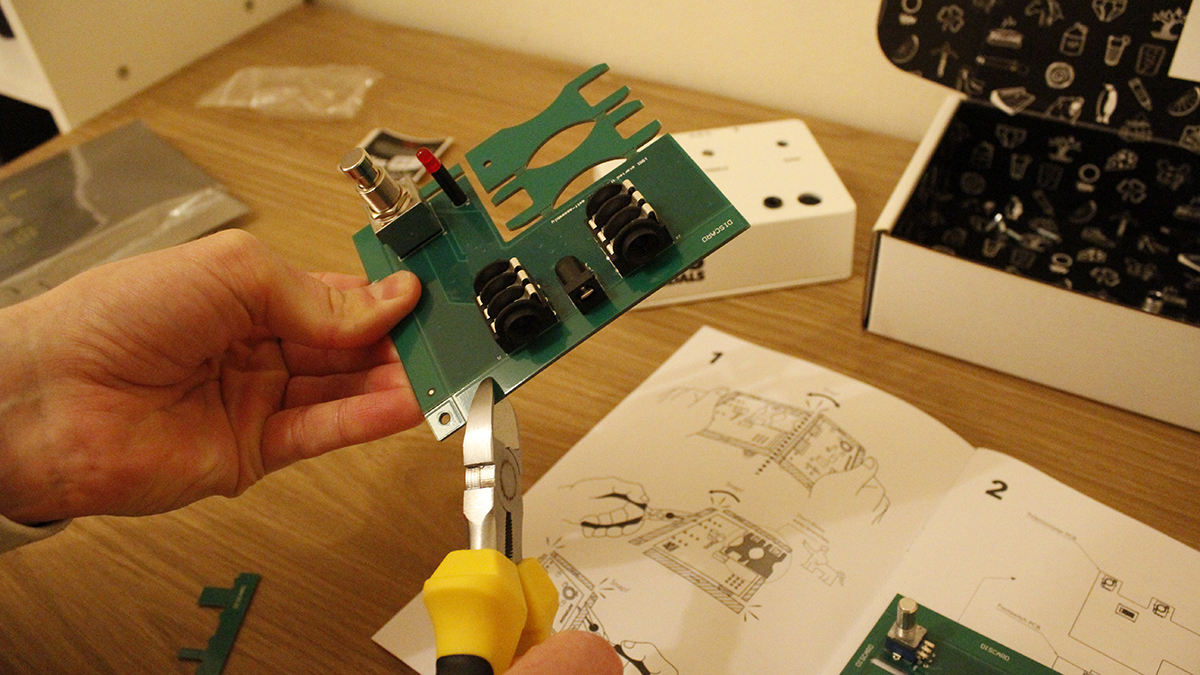
I’ve never built my own pedal but I’d always wanted to. Unfortunately, my lack of electronics expertise and total absence of hands-on experience meant I’d never been brave enough to try it. Luckily, the Notaklön caters to such inexperience and makes the build process as simple as possible. Strictly speaking, you’re not really “building” a pedal here, merely assembling one – but hey, the sentiment remains.
The assembly process itself, as expected, was a breeze. Everything required came included in the kit, including two removable purpose-sized wrenches for washer tightening that had been built into the PCB circuit board itself.
It was foolproof: simply snap the board sides to size, connect them via the single ribbon cable, place them into the enclosure, tighten the washers, secure the control knobs, apply the Goop, wait 24 hours and hey presto: you have a fully functioning Klon.
The build wasn't just a novelty, either: the Notaklön also delivers the tonal goods in spades. After mere minutes, it had convinced me to relegate the Minotaur patch on my HX Stomp, and has even displaced the Mad Professor Royal Blue overdrive that was once indispensable to my rig.
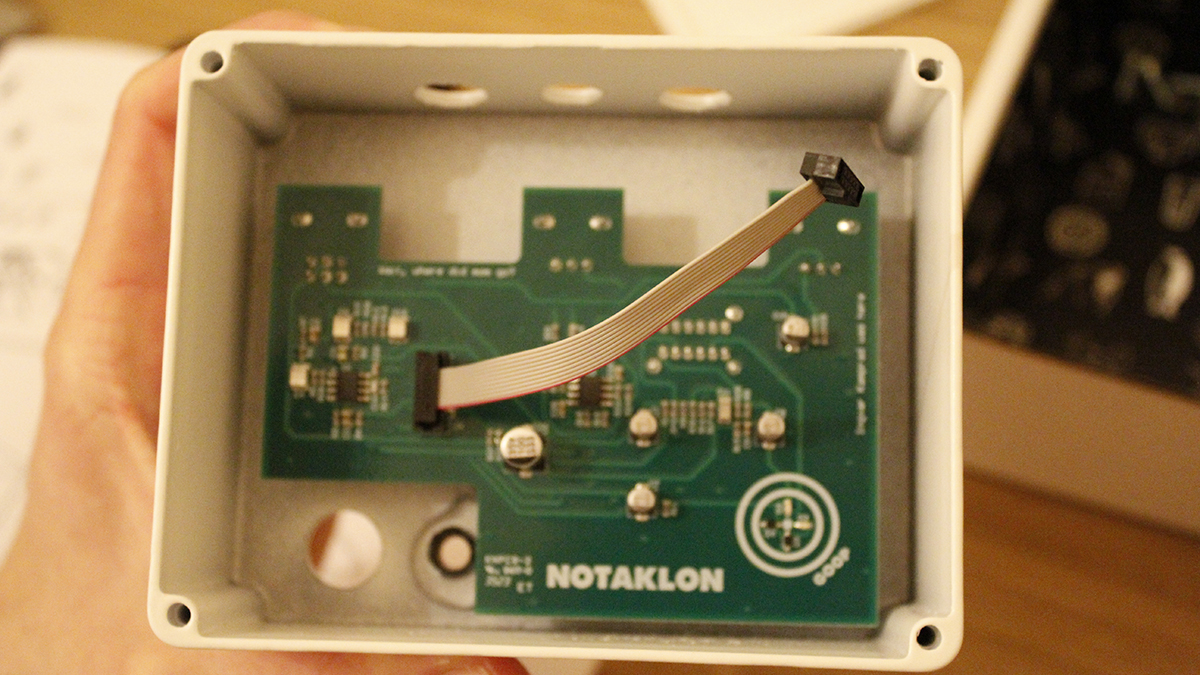

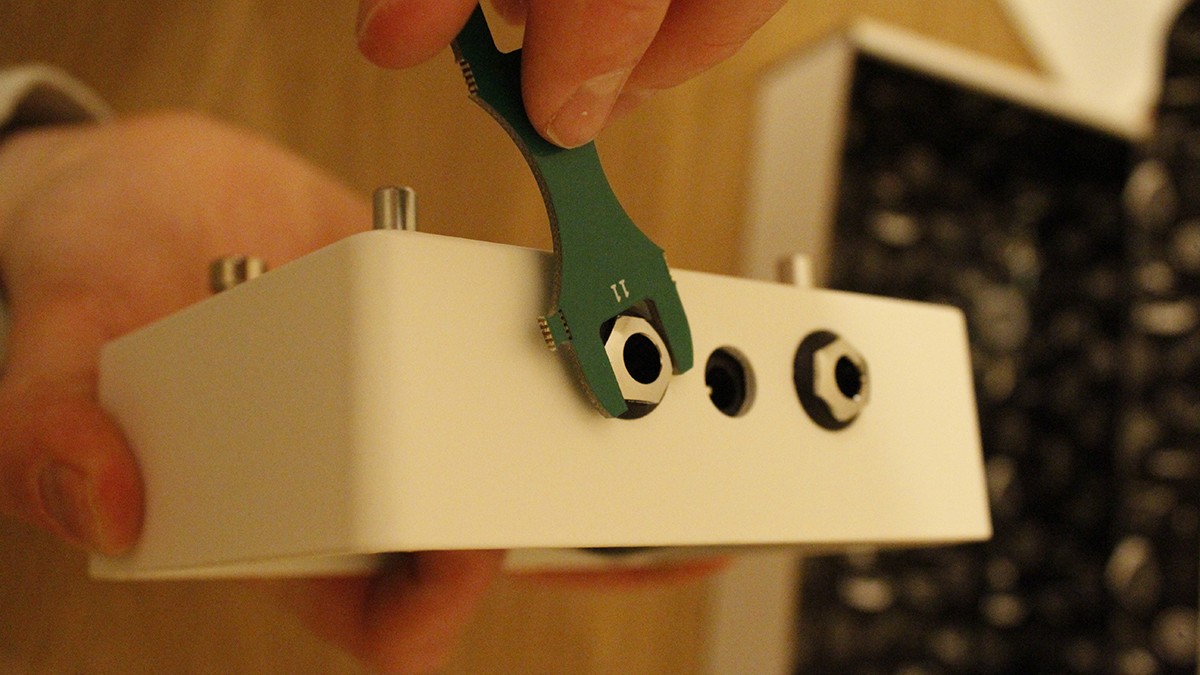
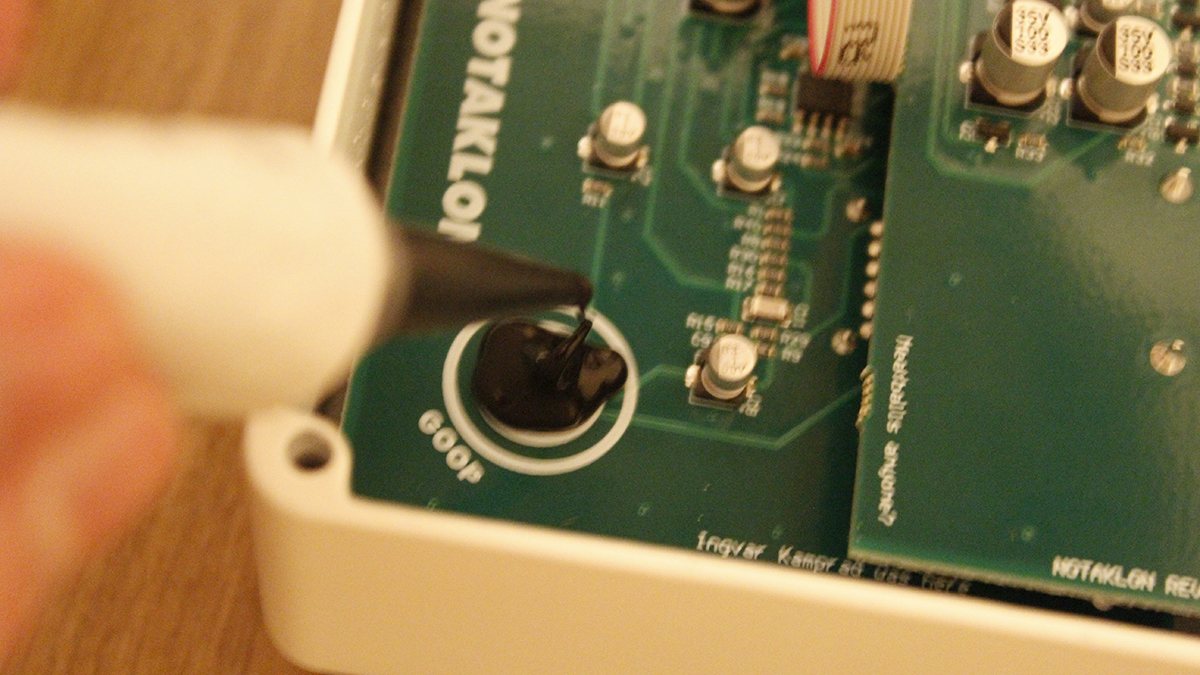
Rolling off the gain and slightly bumping the treble gives a gloriously glassy breakup drive, while cranking the gain sees the pedal veer into unmistakable classic Klon territory. When paired with a Boss CE-2W, Sob Rock-era John Mayer tones were the order of business.
Part of the pedal's USP is the fact it also offers the JHS Shamrock mod. Accessed via the slider switch, the secondary mode increases the overall gain by 4dB, and it is in this tonal territory that I now spend most of my time. Basically, it's everything you'd expect a Klon clone to be, and then some.
In fact, by the end of my first test drive, I was so hellbent on squeezing the Notaklön onto my humble Pedaltrain Nano that I’ve decided to completely ditch my tuner pedal altogether to make room for it. That's right: I love it so much I've converted to using a clip-on tuner.
Worth the hype?
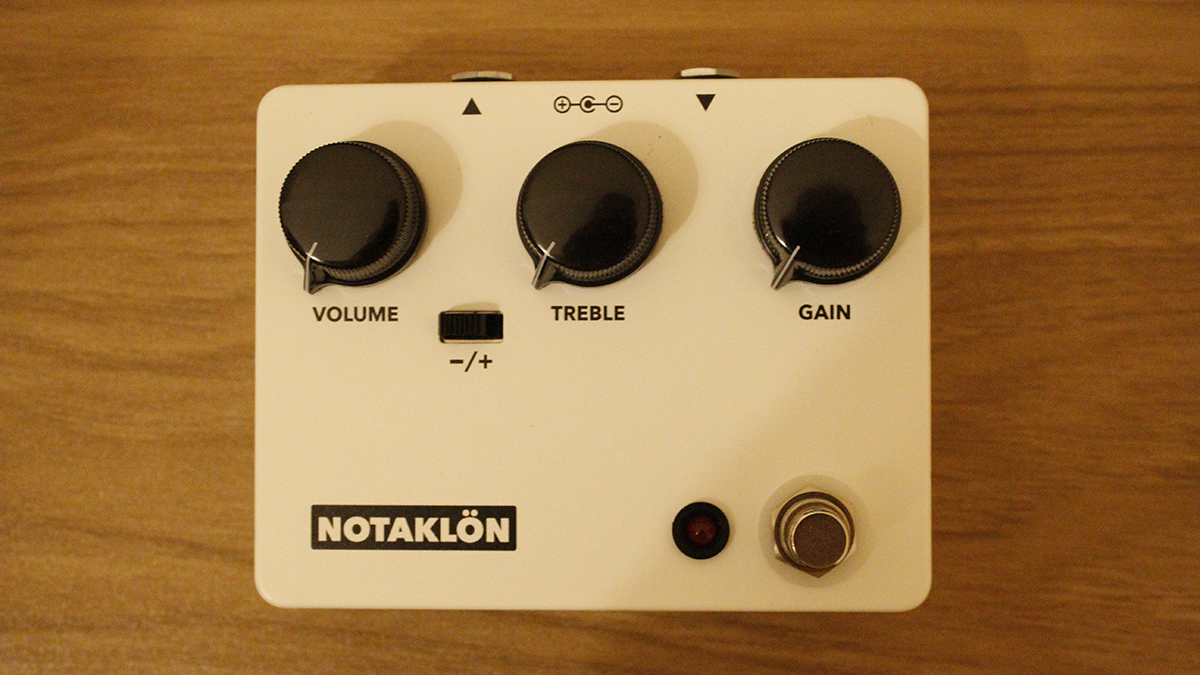
The purpose of the Notaklön project seemed to be two-fold: first, to further Scott’s long-held opinion that guitarists need to start listening with their ears and not to internet trends. In other words, Klons aren’t that special, and you certainly don't have to fork out $10,000 to achieve decent overdrive tones.
At the end of the day, a circuit is a circuit, and you don't need to hunt high and low for magical diodes or elusive components in order to tap into the tones you hear in your head. It's just a matter of being smart with your search, and making the most of what's at your disposal.
Have a brief recap of Scott’s response to Bad Monkey-gate and you’ll see that the Notaklön is a natural extension of that philosophy. Give the people what they think they’ll never be able to afford for less than $100, and show them there really is nothing to it. The added Goop to cover the “magic diodes” – a quirk of the original that plays into the mythology – is just the icing on the cake.
But that was just part of it: there’s also something irresistibly appealing about making your own pedal. Sure, JHS Pedals could have easily added it to its 3 Series line, but where’s the fun in that?
And yes, the build process itself is ridiculously straightforward, but so what? That’s part of the charm: its accessibility. I’ve never soldered in my life, and wouldn’t have fancied navigating a soldering iron if this pedal required one. This way, any budding guitarist on the hunt for a Klon clone can make the most of it.
Indeed, that's what sets this apart from many other DIY pedal kits out there, including the fully soldered, similarly priced StewMac starter kit: anyone can do it.
All that said, is it worth the hype? Put it this way: I initially said it needed to be something special to dislodge my trusted HX Stomp patch. I ended up abandoning the Line 6 effect, ditching an overdrive pedal and a tossing a tuner pedal to fit it on my ‘board. There's not much else to say, really.
If you're not already on the waiting list to get one next year, I recommend you pay a quick visit to JHS Pedals to sort that out ASAP.

Matt is the GuitarWorld.com News Editor. He has a Masters in the guitar, a degree in history, and has spent the last 16 years playing everything from blues and jazz to indie and pop. When he’s not combining his passion for writing and music during his day job, Matt records for a number of UK-based bands and songwriters as a session musician.












